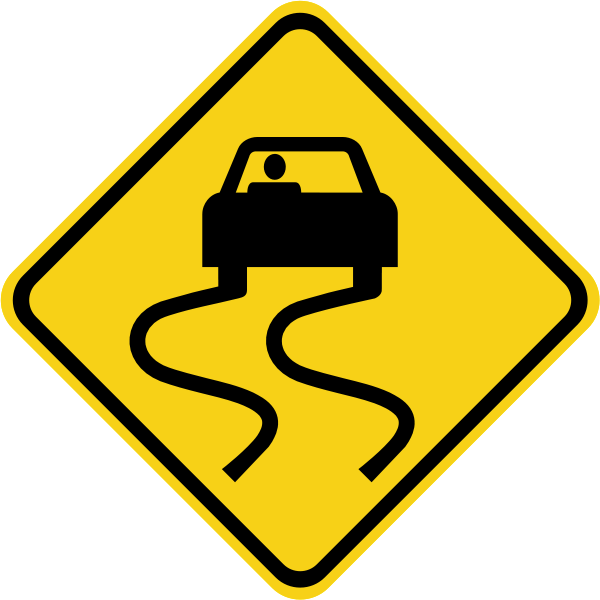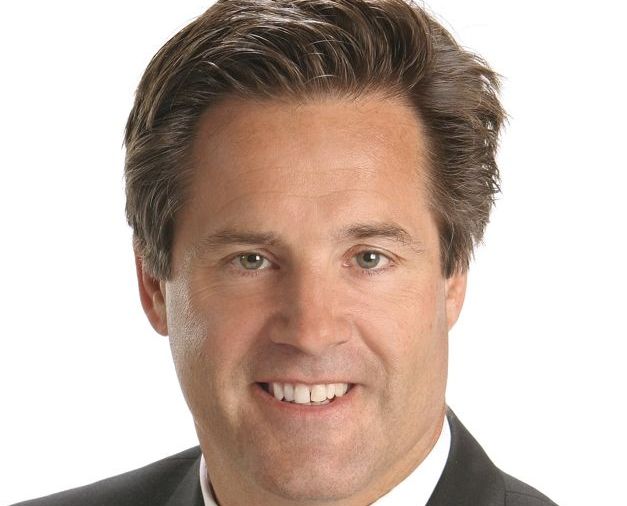Personal Finance
From Mark J. Grant, author of Out of the Box
The Dangerous Road Ahead
“The last time Quantitative Easing was stopped the equity markets dropped precipitously. There is no reason to think that will not occur again though the severity may be less. Today’s FOMC minutes are quite significant in my view. They also said, for the first time, that the pledge to hold short rates at near zero was “conditional.” This is another very meaningful statement. I would be taking money off the table now in both equities and bonds as the stock market will probably head lower and yields will begin to rise in fixed coupon securities.” -MJG, April 3, 2012, 2:16 pm
This was the note that I put out to the readers of “Out of the Box” sixteen minutes after the Fed released their monthly report. That was as fast as my fingers could type what was going on in my mind. I thought it was good advice to the 5,000+ institutions that receive my commentary and I have become more positive about it as the days have rolled along as the Dow Jones Index has dropped 350 points since I typed my musings. In fact, we are just at the beginning of a great divergence where credit assets, risk assets, decline in value and where Treasuries head in a quite separate direction as driven by U.S. data in part but, more significantly, by the travails in Europe. The CDS for Spain reached an all-time high on Friday reflecting the financial issues in Spain as the Spanish bond yields creep higher held back, in part, by the threat of intervention from one of Europe’s stabilization funds.
To Read More CLICK HERE



»» Equity market volatility increased and most major indices sold off during the
week, pressured mainly by the continued deterioration in Spanish sovereign
bonds. However, China bucked the trend and Canada held up fairly well.
»» A number of markets have pulled back 5% or more from their recent peaks.
Could this ultimately morph into a more meaningful correction and drag down
U.S. stocks? (page 2)
»» Global Roundup: Updates from the U.S., Canada, Europe, and Asia. (pages 3-4)

“A fool thinks himself to be wise, but a wise man knows himself to be a fool.”
– William Shakespeare
Reader Mail Commenting on the “Pavlovian QE-Barking Dog”
[Thank you JCD; well said.]
“Watching the current behavior of the markets as a sign-post pointing to something more that is behind its irrational mania, perhaps we can see that there are also problems that we are witnessing today involving the structural challenges in government and our economy. The oppressive condition we are under when it comes to how the market is behaving is – in my opinion – the result of legally-sanctioned organized crime. In order for the FED to do what it is doing to prop the market up presumably requires some degree of legislation allowing what would otherwise be illegal and unethical behavior; i.e., legally-sanctioned fraud.
“If the FED is legally obliged to answer to Congress, then how can it continue with this fraudulent show of a false recovery unless Congress is also complicit in the act? The current economic policies under which we now suffer are those that (by any other description) can be defined as the policies of an organized crime syndicate. In the belief that it can buy more time until a truly sustainable recovery can be installed is like believing that so long as we ignore the bad weather all around by sticking our heads in the sand it will go away.
To Read More CLICK HERE


Via Richard Russell of Dow Theory Letters – Title: “Be Careful” With This Stock Market
These stock and bond markets may not make us happy, but we might as well get used to them, because they’re all we’ve got!
I’ve had a lot of time while in bed to watch TV and particularly Bloomberg. And I note that 90% of the time the so-called experts try to predict the path of the stock market by the way the current news is going. If the news is getting better and unemployment is looking brighter, then the stock market “should” be rallying. If the European picture is darkening, then the market “should” be shaky to weak. Follow the fundamentals, not the market!
So far, the stock market isn’t giving off any definitive hints as to what it’s doing or which way the trend is heading. I study my PTI, and its last trend signal was bullish. But as you may have noticed from the recent point and figure chart, my PTI has not been climbing to new highs. Instead, it’s forming a column of descending metrics, although it has NOT yet issued a clear bear signal.
Lowry’s Selling Pressure Index is still above their Buying Power Index, a formation that always bears careful watching. Joe Granville’s on-balance-volume statistics remain bearish as does Joe, and I always take Granville’s work seriously. My astute friend, A. Gary Shilling, is bearish because he thinks US consumers have exhausted their buying power.
Actually, the reason I so frequently talk about Lowry’s and Granville is that they are about the only two who stick strictly to technical analysis of the stock market while putting the market first and ignoring all the news of the day and the much-talked about fundamentals.
I note that the futures in the Dow are almost always the opposite of the way the market has closed. If the market closes down, the futures are usually higher, and the opposite is true if the stock market closes higher. BUT, if the market closes higher and the futures are higher, it usually means that next day will be a positive day.
This is a grinding back-and-forth market, one that is better to watch than to play.


Nowadays, it seems as though the market is always teetering on the knife’s edge. Depending upon which way the wind is blowing on any given day, or what chatter is coming across the newswires, markets around the globe are moving at lightning fast speed. Sentiment can change instantly, with the release of unexpected economic data, market movements, or surprising actions of central bankers. The effect of high frequency trading (HFT) has turned the decades old profession of investing into a high stakes gambling operation, and more characteristic of commodity trading. Such erratic behavior on a daily basis makes it difficult, if not impossible, for analysts to formulate a long-term view, and for investors to maintain a long-term, “Buy and hold” position. “As soon as you think you’ve got the key to the stock market, they change the lock,” said long-time market guru, Joe Granville.













